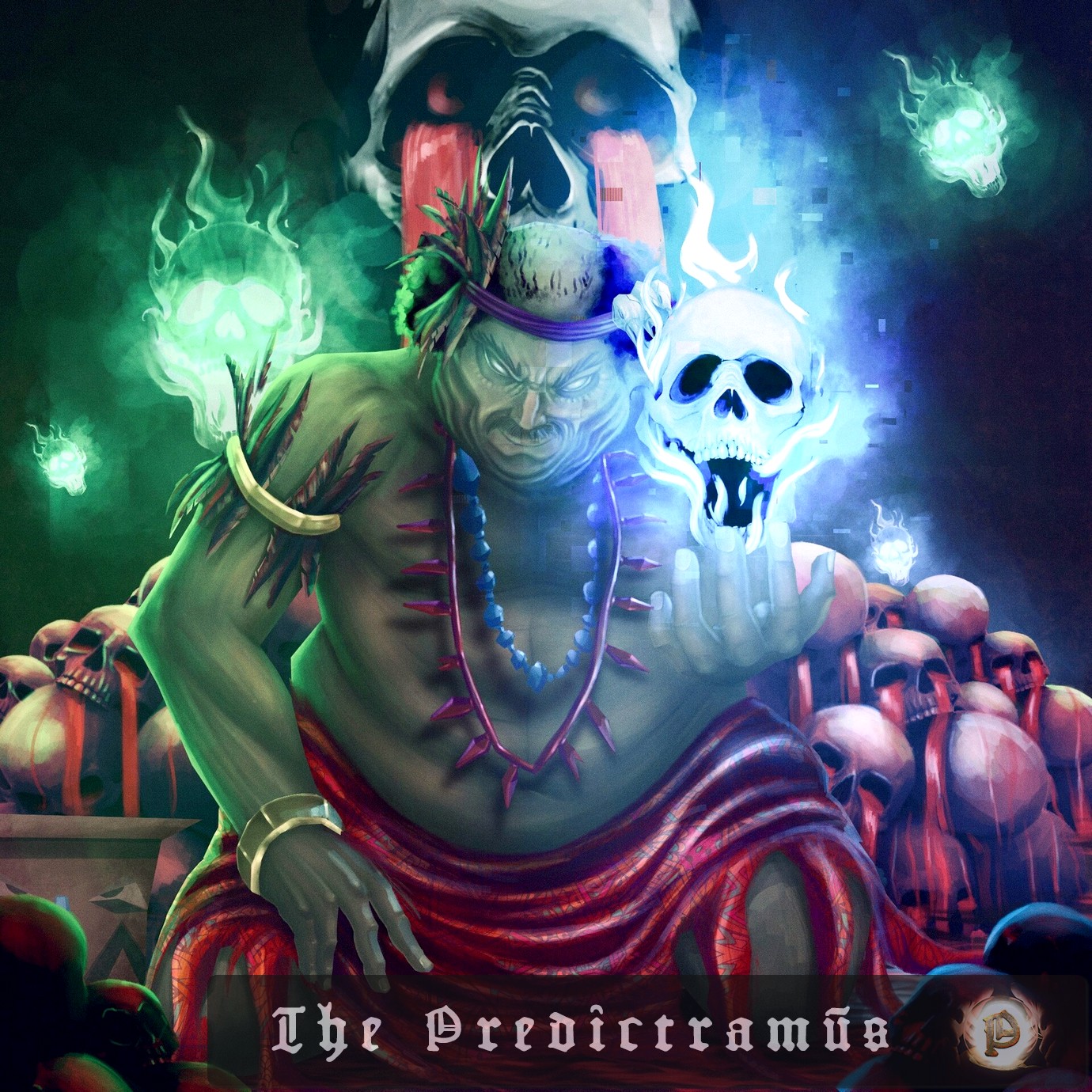Researchers at the Weizmann Institute of Science in Israel have made a groundbreaking discovery in twisted bilayer graphene, observing the first-ever phasons in this material. This breakthrough could have significant implications for the understanding of “strange metals,” whose electrical resistance increases at lower temperatures. The team used a quantum twisting microscope to study the electron…
Physics on The Soothsayer / page 9
Physicists at Harvard University have made a groundbreaking discovery by detecting axion quasiparticles in a two-dimensional quantum material. This breakthrough could aid in the search for fundamental axions, a promising candidate for the unseen dark matter pervading our universe. The detection of axion quasiparticles could also lead to the development of new technologies, such as…
Researchers at Linköping University in Sweden have developed a new fluid electrode that enables the creation of soft, malleable batteries. These batteries can recharge and discharge over 500 cycles while maintaining their high performance. The breakthrough could lead to the development of next-generation wearable electronics, such as e-skin patches, e-textiles, and internal e-implants. Forecast for…
Astronomers in the UK and Portugal have made a groundbreaking discovery, observing the first strong evidence for an exoplanet with an orbit perpendicular to that of the binary system it orbits. The exoplanet, which orbits a pair of brown dwarfs, is believed to be required to explain the changing orientation in the orbit of the…
Researchers in Singapore and the US have independently developed two new types of photonic computer chips that match existing purely electronic chips in terms of raw performance. These chips, which can be integrated with conventional silicon electronics, could find use in energy-hungry technologies such as artificial intelligence (AI). The breakthroughs in photonic computing could lead…
Researchers at the University of California, Davis, have made a significant breakthrough in brain-computer interfaces (BCIs). They found that the same part of the brain used for speech decoding can also support computer cursor control for individuals with amyotrophic lateral sclerosis (ALS). This discovery has the potential to enable the creation of multi-modal BCIs that…
Researchers at the Singapore University of Technology and Design (SUTD) have made a groundbreaking discovery in spintronics, developing a new method to control spin-polarized currents using electric fields. This innovation could bring spintronics closer to real-world applications, enabling the creation of more efficient, compact, and energy-efficient devices. Forecast for 6 months: Expect significant interest and…
A groundbreaking theoretical framework proposes that gravity may arise from entropy, offering a fresh perspective on the deep connections between geometry, quantum mechanics, and statistical physics. Developed by Ginestra Bianconi, a mathematical physicist at Queen Mary University of London, this modified version of gravity provides new quantum information theory insights on the well-established link between…
A team of researchers from Harvard’s John A. Paulson School of Engineering and Applied Sciences has made a groundbreaking discovery in the field of quantum communication. They have developed a novel quantum transducer that can convert optical frequencies into microwave frequencies with low loss, paving the way for more efficient and scalable quantum computing. This…
Researchers have proposed a new theoretical work that could reconcile quantum entanglement with Einstein’s theory of relativity by introducing an extra time dimension. This idea, inspired by conversations with Roger Penrose, suggests that particles could have five-dimensional wavefunctions, allowing for instantaneous collapse of the wavefunction without violating causality. A hypothetical experiment has been proposed to…










